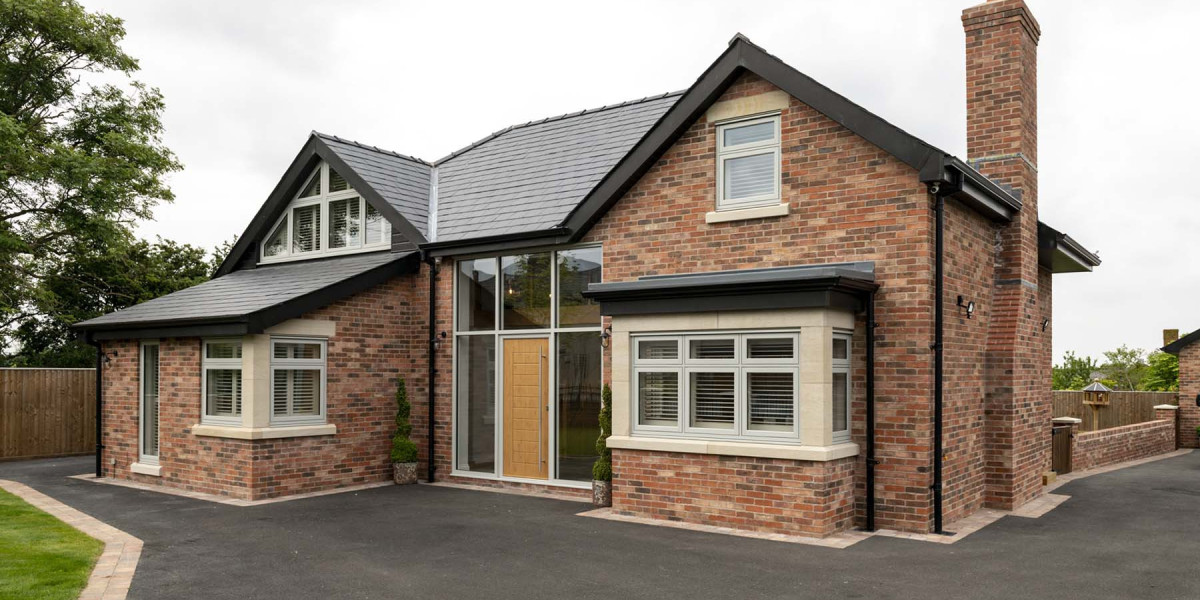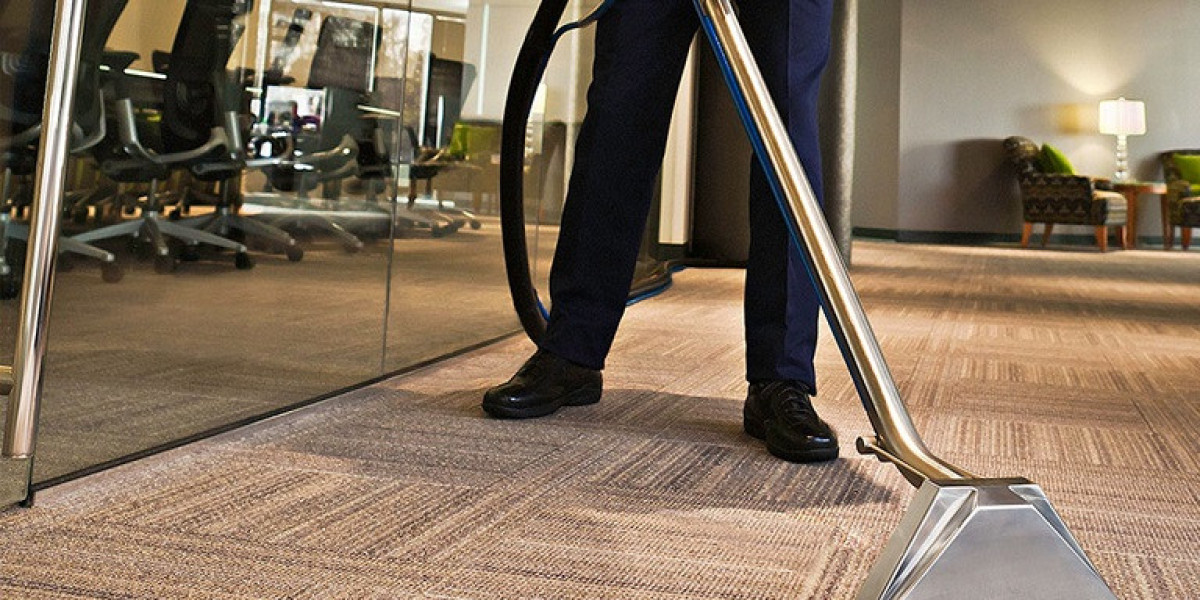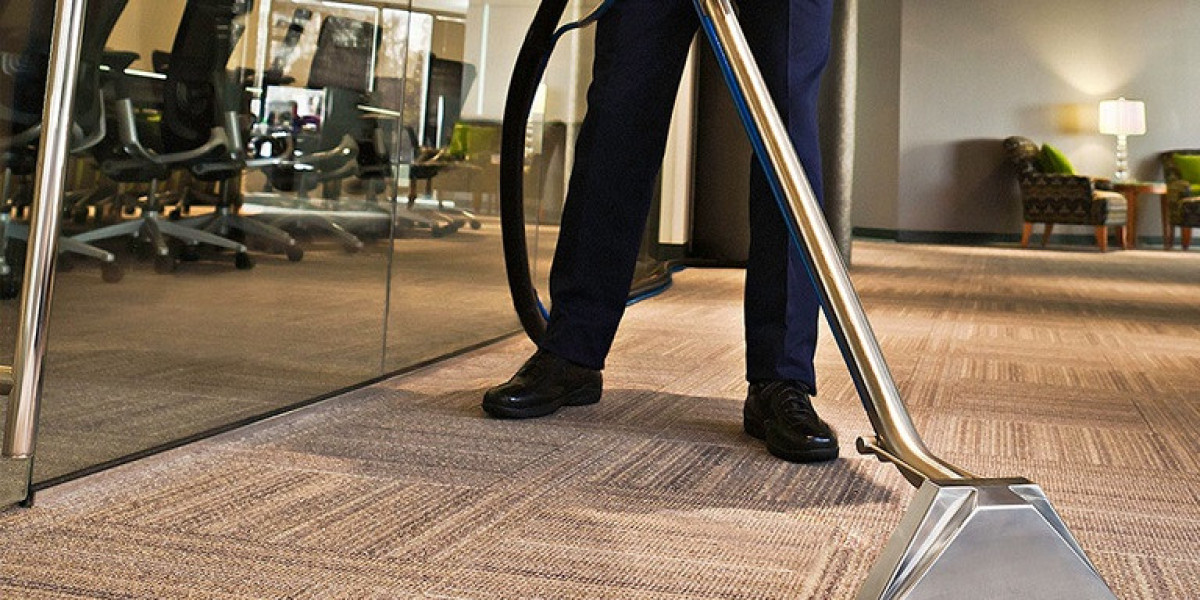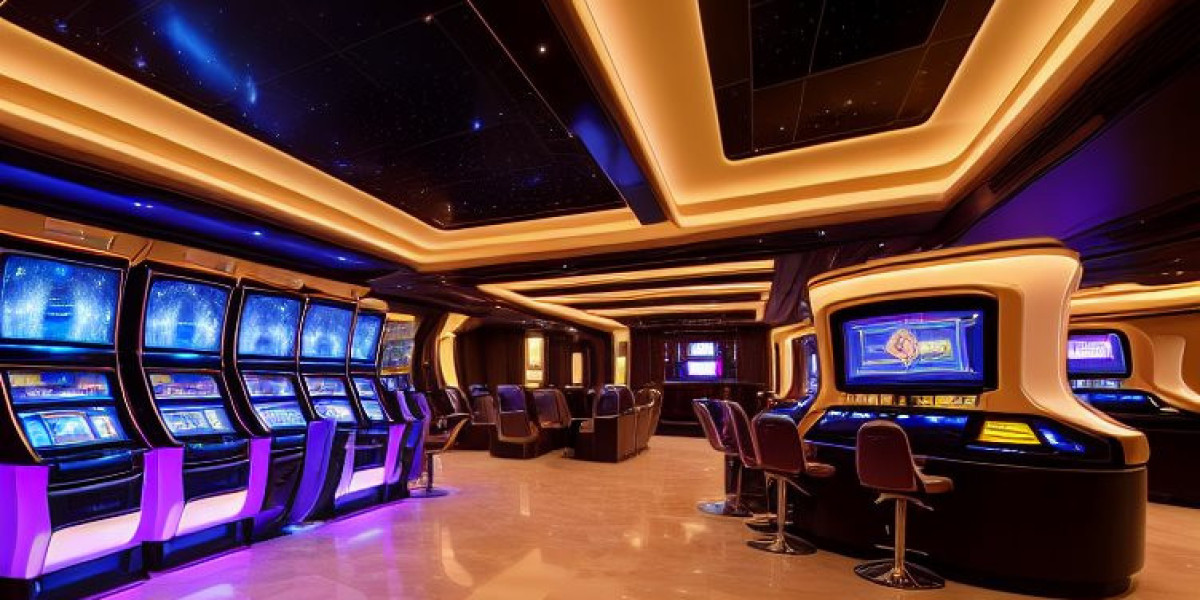Triple glazing refers to the use of three panes of glass in a window unit, separated by insulating gas-filled spaces. This technology has gained popularity in recent years due to its significant benefits in energy efficiency, noise reduction, and overall comfort in residential and commercial buildings. This report provides a comprehensive analysis of triple glazing, exploring its construction, benefits, drawbacks, and applications, as well as its impact on energy consumption and environmental sustainability.
Construction of Triple Glazing
Triple glazing units consist of three layers of glass, typically arranged in a sandwich-like structure. The spaces between the panes are filled with inert gases such as argon or krypton, which enhance the thermal performance of the windows. The construction process involves several key components:
- Glass Panes: The outer and inner panes are usually made of low-emissivity (Low-E) glass, which reflects heat back into the building while allowing natural light to enter. The middle pane can also be Low-E glass or standard glass, depending on the desired thermal performance.
- Spacer Bars: These are used to separate the glass panes and maintain the integrity of the gas-filled spaces. They are often made from materials with low thermal conductivity to minimize heat transfer.
- Gas Fill: Argon or krypton gas is injected between the panes to reduce heat transfer. These gases are less conductive than air, which helps to improve the insulation properties of the window.
- Sealing: The edges of the glazing unit are sealed to prevent moisture ingress and gas leakage, ensuring long-term performance.
Benefits of Triple Glazing
Triple glazing offers several advantages over traditional double glazing, making it an attractive option for energy-conscious consumers and builders:
- Improved Energy Efficiency: One of the most significant benefits of triple glazing is its superior thermal performance. Triple-glazed windows can achieve U-values (a measure of heat transfer) as low as 0.6 W/m²K, compared to 1.2 W/m²K for standard double glazing. This means that triple glazing can significantly reduce heating costs in colder climates.
- Enhanced Sound Insulation: The additional pane of glass and the gas-filled spaces contribute to better sound insulation. Triple glazing can reduce noise pollution from outside, making it an ideal choice for homes located in busy urban areas or near airports.
- Increased Comfort: By minimizing heat loss and reducing drafts, triple glazing creates a more comfortable indoor environment. This is particularly beneficial in extreme weather conditions, where maintaining a stable indoor temperature is essential.
- Condensation Reduction: Triple glazing can help reduce condensation on window surfaces. The improved thermal performance keeps the interior surface of the glass warmer, reducing the likelihood of moisture buildup.
- Environmental Impact: By improving energy efficiency, triple glazing contributes to lower carbon emissions associated with heating and cooling. This makes it a more sustainable choice for environmentally conscious consumers.
Drawbacks of Triple Glazing
Despite its many advantages, triple glazing also has some drawbacks that potential buyers should consider:
- Higher Initial Cost: The upfront cost of triple glazing is generally higher than that of double glazing. This can be a barrier for some homeowners, although the long-term savings on energy bills can offset this initial investment.
- Weight and Structural Considerations: Triple-glazed Windows By Ideal Glass are heavier than their double-glazed counterparts, which may require additional structural support in the window frame and surrounding walls. This can complicate installation and increase costs.
- Limited Availability: While triple glazing is becoming more common, it may not be as readily available as double glazing in some regions. Homeowners may need to work with specialized suppliers or manufacturers.
- Potential for Reduced Natural Light: The additional glass pane can slightly reduce the amount of natural light entering a space. However, modern Low-E coatings can help mitigate this issue.
Applications of Triple Glazing
Triple glazing is particularly well-suited for a variety of applications:
- Passive House Design: In passive house construction, where energy efficiency is paramount, triple glazing is often a requirement. These homes are designed to minimize energy use for heating and cooling, making triple glazing an ideal choice.
- Cold Climates: In regions with harsh winters, triple glazing can significantly reduce heating costs and improve comfort levels. It is commonly used in countries like Canada, Norway, and Sweden.
- Urban Environments: For buildings located in noisy urban areas, triple glazing provides effective sound insulation, making it a popular choice for residential and commercial properties.
- Commercial Buildings: Many commercial buildings are now incorporating triple glazing to meet energy efficiency standards and reduce operational costs. This is particularly relevant for large glass facades and curtain wall systems.
Impact on Energy Consumption and Environmental Sustainability
The adoption of triple glazing can lead to significant reductions in energy consumption. By minimizing heat loss, buildings equipped with triple-glazed windows require less energy for heating, which can lead to lower utility bills and reduced reliance on fossil fuels. This is particularly important in the context of global efforts to combat climate change.
Furthermore, the use of triple glazing aligns with many national and international energy efficiency standards and building codes. As governments implement stricter regulations on energy consumption in buildings, the demand for high-performance glazing solutions like triple glazing is expected to increase.
Conclusion
In summary, triple glazing represents a significant advancement in window technology, offering numerous benefits in terms of energy efficiency, sound insulation, and overall comfort. While there are some drawbacks, such as higher initial costs and potential structural considerations, the long-term advantages make it a worthwhile investment for many homeowners and builders. As the demand for sustainable building practices continues to grow, triple glazing is likely to play an increasingly important role in the construction industry, contributing to a more energy-efficient and environmentally friendly future.









